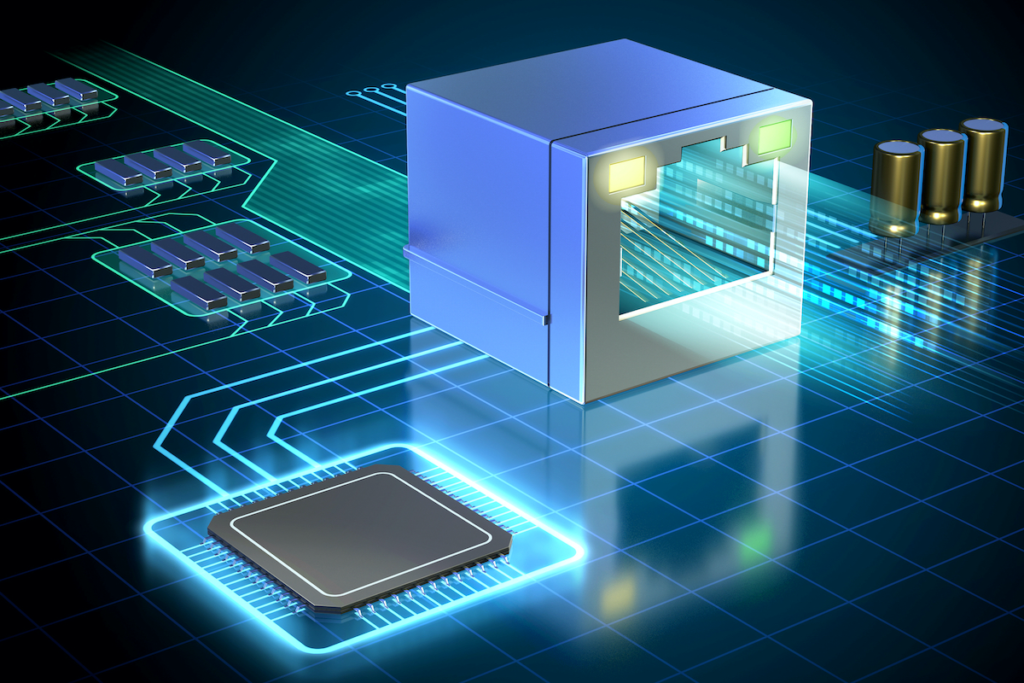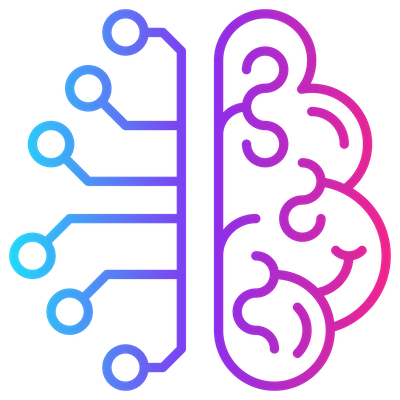Intelligent firmware updates

This is the first blog in a series of 6 on IIoT and intelligent OTA firmware updates. Traditionally firmware and configurations of industrial equipment is updated by a field engineer. The engineer takes his laptop and connects it to the controller and updates the firmware. This approach has been used for the past few decades but has reached its limits in todays connected world.
Just imaging you need to update the firmware of a controller in a windmill. This seems like a fairly easy task. You take your laptop, walk to the windmill, take the elevator, connect your laptop to the controller and update the firmware. And the job is done. But… you work for a company who builds windmills. And you need to update the firmware of each controller in 60 windmill farms, each containing from 8 to 40 windmills. All these windmill farms are spread out over 10 countries. If this job needs to be done in the traditional way, this will become a very labour intensive, expensive and time consuming update.
It is clear that for these kinds of deployments, the 40 year old model has become completely obsolete. A new remote, secure, automated, fail-safe and centrally managed method for updating industrial devices is needed.
Everybody is familiar with remote updates on your smartphone. The same principle, adapted to industrial equipment applies. OTA for industrial IoT to the rescue for managing and rolling out firmware updates!
What is (IIOT) OTA?
Gartner defines “Over-the-air” (OTA) as the ability to download applications, services and configurations through a mobile or cellular network. It is literally an update sent “over the air”, a mechanism to remotely and wirelessly update the hardware connected to the internet with new software and/or firmware configurations.
Agreed, A large number of industrial devices are connected over wired ethernet and not by any form of mobile network. However, these devices face the same update challenges. So for convenience reasons, let us call the principle of remotely updating code on a device OTA, regardless of the nature of its connectivity.

Business need
One might think, why bother, my business is not software nor firmware, my business is production, … well yeah, maybe, but…
Just take the example of a car manufacturer. For decades upgrades were done in the garage. But now Tesla has set the standards, OTA has become the standard, but… they seem to be the only car manufacturer being able to manage and implement it correctly, making them the only one being able so send in an easy way new features to their customers. So yes, your business is selling cars and not writing OTA update systems, but, … you might think twice, … as just illustrated, OTA is an important feature of todays products, regardless of the nature of your business. The world is shifting, so it is important to invest in the core technologies needed in this brave new world (for all you Star Trek fans out there).
Context Awareness
You are well familiar with alerts on your mobile phone, telling you to upgrade to the latest version of its mobile operating system. While massively spread, these phones can rely on user-input driven approval for updates. It is entirely up to you to decide at what time your phone will update. Even if it takes longer than you would like, there is still no harm in being off the grid for 10 minutes. Not so for industrial IoT devices. They can not just update at any time, they need to know when they can update and need to service their most basic and important tasks without interruption, even during the update process.
More in this series:
Want to know more?
Get in Touch
I am the sAInce IIoT whizz”kid” and one of our founding fathers and inventor of IIoT smart sensor location ID patent (BE2014/5160).
At the age of 12, I bought my first computer, … an Apple IIe and started coding. A decade later and passionate about technology, I graduated as electronics & embedded engineer.
Ever since I have been designing and developing mission critical smart distributed monitoring, telemetry and IIoT systems.
